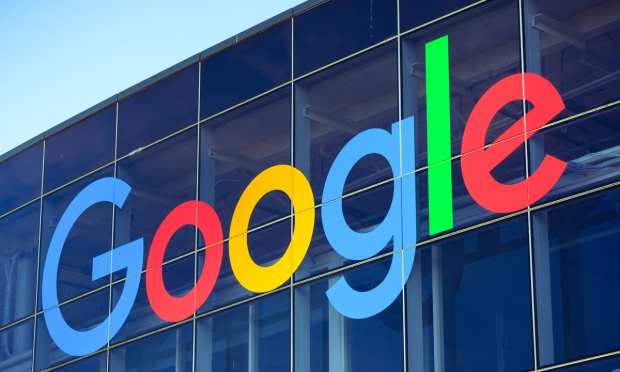Google’s Graph And Shopify Upgrades Target 1 Billion ‘High Intent’ Buyers

Despite insisting that it’s not interested in being a retailer or a marketplace, Google’s latest forays into the eCommerce space might suggest otherwise.
This as the search giant not only announced an expanded partnership with Shopify at its big annual I/O developers conference, but also outlined a raft of changes aimed at turning the 1 billion purchasing queries it processes each day into a more holistic buying experience via its Shopping Graph, which it calls its most comprehensive, real-time dataset about products, inventory and merchants.
According to Google President of Commerce and Payments Bill Ready, the moves are part of Google’s larger plan to “democratize” online shopping.
“When it comes to shopping, what we’re really trying to build out and support is a free and open commerce ecosystem,” Ready told Forbes. “This is really important for consumers to have choice, and especially for small and mid-sized businesses to be able to participate in the rise of digital commerce as well.”
So what does free and open commerce look like at Google?
Central to Google’s latest eCommerce upgrade is the reintroduction (they were first announced last April) of free listings on its shopping platform, as well as smother interface and pairing with Shopify’s network of 1.7 million sellers who will now have simplified access to Google’s shopping site, as well as properties like Maps and YouTube.
“With just a few clicks, these retailers can sign up to appear across Google’s 1 billion shopping journeys each day,” Ready said.
A billion journeys, Ready said, represents a vast “untapped universe” for the search giant. A universe the firm is blasting off into rather differently than any other player. Rather than defining itself a commerce marketplace or retailer itself, Ready repeatedly emphasized Google’s role as an enabling platform designed specifically to leverage the entire Google toolbox to make it easier for consumers to “discover, learn about and shop for the products they love — whether those products come from a big-box retailer, new direct-to-consumer brands or the mom-and-pop shop down the street.”
The move comes as Google — currently the more powerful half of a duopoly when it comes to control of digital advertising — has been watching Amazon slowly but surely encroach on its product search and advertising game. While Amazon doesn’t break out its advertising revenues, as of its last earnings reports it was capturing $7 billion in revenue in the “other” category where advertising figures are housed. And reports last fall began to circulate that advertisers were starting to bail on Google in favor of Amazon — looking for a better straight line to influencing shoppers to buy, as more than half of all product searches begin on Amazon.
And while Google isn’t opening a shop or marketplace to compete — as it holds no inventory in favor of aggregating across as many retailers as it can pack onto the platform — the experience mimics the marketplace shopping experience pretty closely at this point, with categorized listings, promoted suggestions based on past behavior, a new shopping cart and “Buy on Google” feature.
And Ready noted, Google brings its unique facility with data to its shopping platform, with plans to introduce things like an artificial intelligence (AI)-generated “Shopping Graph,” designed to understand products sellers, brands, reviews … how those attributes relate to one another.
“It’s really our modeling and our data set around these things,” Ready said. “And then we bring it back to them through specific product features.”
Google also announced it would continue to waive commission fees on its “Buy” program first announced at the start of the pandemic. The program helps consumers search for and check out retailers’ products directly on its platform without a redirect to the retailer’s site, and payments on the shopping platform were set to start opening up — making PayPal and ShopifyPay available to allow retailers more options for payment outside of its own platform.
The goal, Ready said, is to find ways to leverage Google’s incredible size and scale to create better, more democratized buying experiences for buyers and sellers.
“As we eliminate barriers like fees and improve our technology, we’ve seen a 70 percent increase in the size of our product catalog and an 80 percent increase in merchants on our platform,” he said.
Should Amazon be worried that Google is coming? Given their relative difference in market share of market, Amazon should likely be about as worried about Google coming for its eCommerce game as Google is about Amazon is coming for its advertising game. Not a huge threat today, but something definitely worth watching in the long term.
